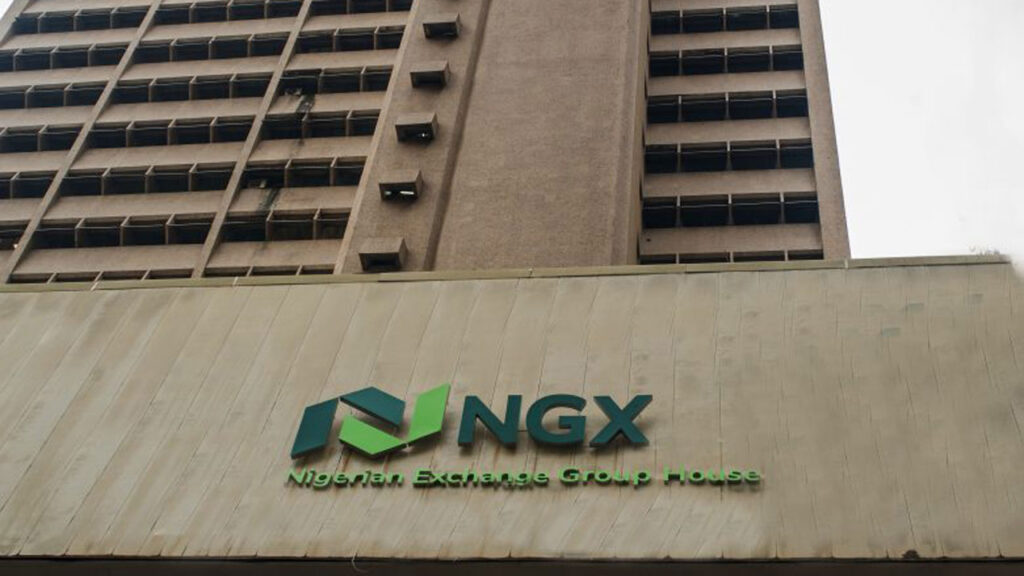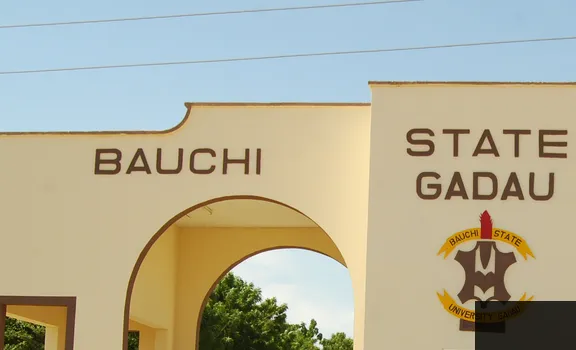
•Operations to begin in six months
President and Chief Executive Officer, Oando Clean energy limited (OCEL), Dr. Ainojie Irune, said electric vehicles contribute 60 per cent of greenhouse gases through zero tailpipe and zero noise emission.
He made this known while speaking with journalists at the official launch of the proof-of-concept phase of the electric mass transit by OCEL in partnership with Lagos Metropolitan Area Transport Authority (LAMATA) and Yutong, yesterday, in Lagos, in fulfillment of the provisions of the memorandum of understanding (MOU) signed with LAMATA in April 2023.
Irune said electric buses have fewer serviceable parts compared to traditional internal combustion engine vehicles. He said the company has a value chain sourced and enabled to provide the backbone for the charging infrastructures, focusing on solar and other renewable sources such as hydrogen.
“The buses could operate on almost 300 kilometers when we started. They have 500 plus kilometers on the dashboard but the utilisation of all the other elements on the buses, whether it is the air conditioning or the gauge, brings it down a little bit. But they can certainly do between 280 kilometers and 300 kilometers,” he said.
He added that the firm’s vision is to decarbonise the transport system in Nigeria and strengthen the socio-economic impact of transportation within the country while building local capacity for renewed energy.
Irune said: “The transition from an idea proposition to an operational initiative is a validation of our collective commitment to realising the country’s ambition of becoming a net-zero carbon emitter by 2060.”
Irune said the bus is charged for anywhere from about 45 minutes to one and a half hours.
Governor of Lagos State, Babajide Sanwo-Olu, represented by Commissioner for Transport, Lagos State, Frederic Oladehinde, revealed that the electric vehicles were at the experimental stage, which would be fully launched in six months for operations.
“Within the first six months, we will do the proof of concept by running this operation. There are two sides to running the buses. We are looking at the energy to be used to power. There are charging stations that will be put in place and we need to understand the kind of energy that we will use to power the charging stations,” he said.










